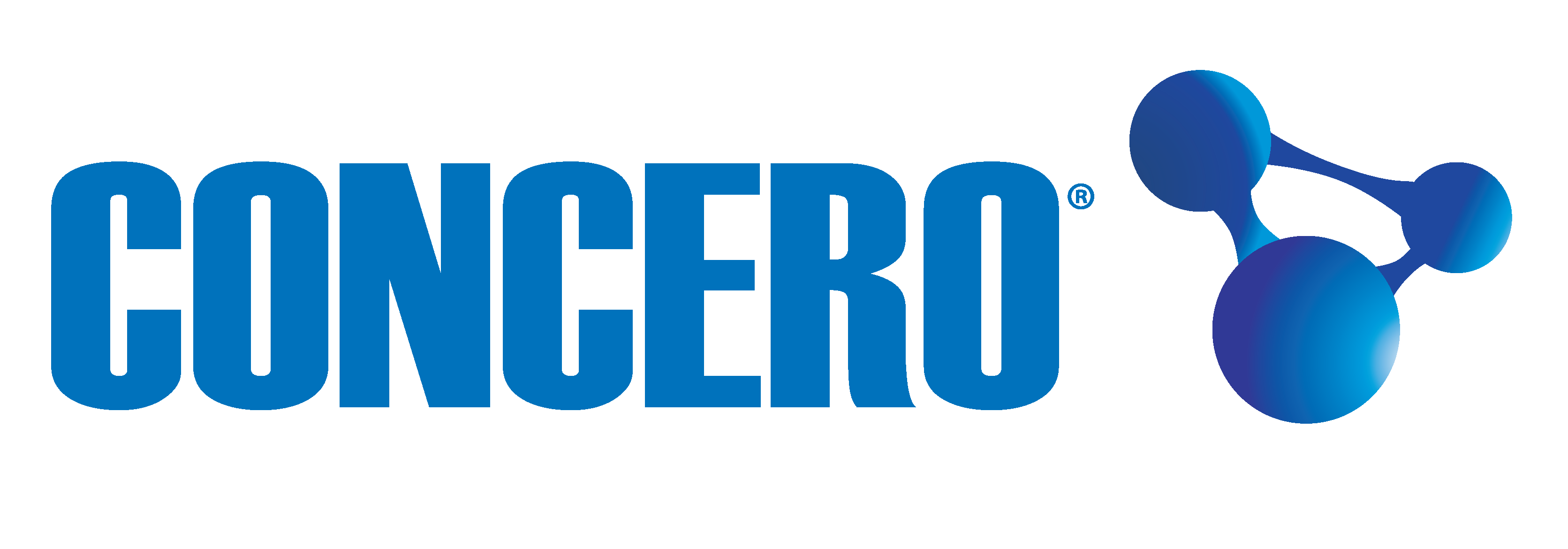How to Sell a Job to a Candidate: 4 Steps to Win Top Talent
For many hiring managers, filling open positions has become a race against the clock. As average time-to-hire reaches a record high of 44 days, your ideal candidate’s final decision can be the difference between meeting talent needs quickly and becoming understaffed. If you want star performers on your team ASAP, you need to impress your candidates as much as they dazzle you.
The fact is effective hiring processes are sales processes. Modern job seekers shop for opportunities, comparing employers as if they were cars and laptops, which means actively selling jobs to candidates is key to winning them over. Rather than expecting to be every applicant’s top choice, it’s time to show model candidates your value, refine your pitch, and give professionals good reason to become your newest employees.
Keep reading to learn how you can drive top talent through the “recruitment sales funnel.”
4 Stages of the Recruitment Sales Funnel

The traditional sales funnel follows four key stages:
- Awareness: Prospects first learn about your brand
- Interest: Prospects further evaluate your company and its products or services
- Decision: Prospects dig deep into pricing and benefits and compare a shortlist of brands
- Action: Prospects make a final purchase decision, often after negotiations
When you align your recruitment process with these steps, you can create a path for potential hires to naturally buy into your company and say “yes” when you extend an offer. Let’s walk through how to sell a job to a candidate in each stage.
Awareness: Establishing the Employer Brand
As a hiring manager, you’ll likely only interact with candidates who pass their pre-screening. However, it’s important to recognize that successful employers start “selling” before a talent search begins. After all, if someone is bought into your company—including its culture, values, and products or services—it’s easier to sell them on the job.
Hiring managers can collaborate with HR and marketing teams on ongoing employer branding efforts. For instance, you can provide an employee testimonial, encourage team members to share a day in their life on video, or take pictures at team events for social media.
Interest: Promoting the Position
Prospects in the interest stage learn more about your company, which involves browsing job openings.
Selling jobs to candidates at this stage requires stellar job descriptions. Step into their shoes and identify the most attractive parts of the role, like opportunities to contribute to a high-growth company or lead large-scale projects. Highlighting the employee’s greater purpose, beyond their day-to-day tasks, can be highly motivating.
According to Gallup, the top four priorities for job seekers, which you can emphasize, are:
- Better pay and benefits
- Greater work-life balance and personal well-being
- The ability to utilize their strengths
- More stability and job security
The more enticing information you provide your HR team, the more they can help you sell the job as they recruit and screen candidates. At the end of this stage, prospects submit their application.
Decision: Developing a Relationship
Candidates in the decision stage begin the interview process. As you come face-to-face with applicants, dig into their professional interests, career goals, and ideal management style. This will help you build rapport and personalize how you speak to the job position, your company, and the employee experience.
When your top candidate completes this stage, they should have an offer with a salary and benefits to consider. If your best applicants often drop out before completing this stage, get our tips for improving the interview process so you don’t miss out on great hires.
Action: Overcoming Objections
Top candidates aren’t always all-in when they receive an offer. While your HR team will take care of negotiations, you may need to promptly answer questions if your candidate reaches out directly.
Anticipating objections can help you sway top talent to accept an offer. Identify a few reasons why a candidate may choose another company, beyond compensation. For example, if comparable positions offer leadership opportunities that yours doesn’t, highlight professional development opportunities and career paths you’ve created.
At the end of this stage, your candidate should (ideally) accept your offer and move into onboarding.
Simplify Your “Sales Funnel” with a Recruitment Firm
Treating your recruitment process as a sales process is a great way to become more candidate-centric and win top talent for your team—but there’s a simpler way to drive excellent candidates through your funnel. When you partner with a recruitment firm like Concero, our experienced recruiters dig deep to get to know your talent needs, company, and ideal candidate, so we can sell your position on your behalf and connect you to our best-fit candidates.
